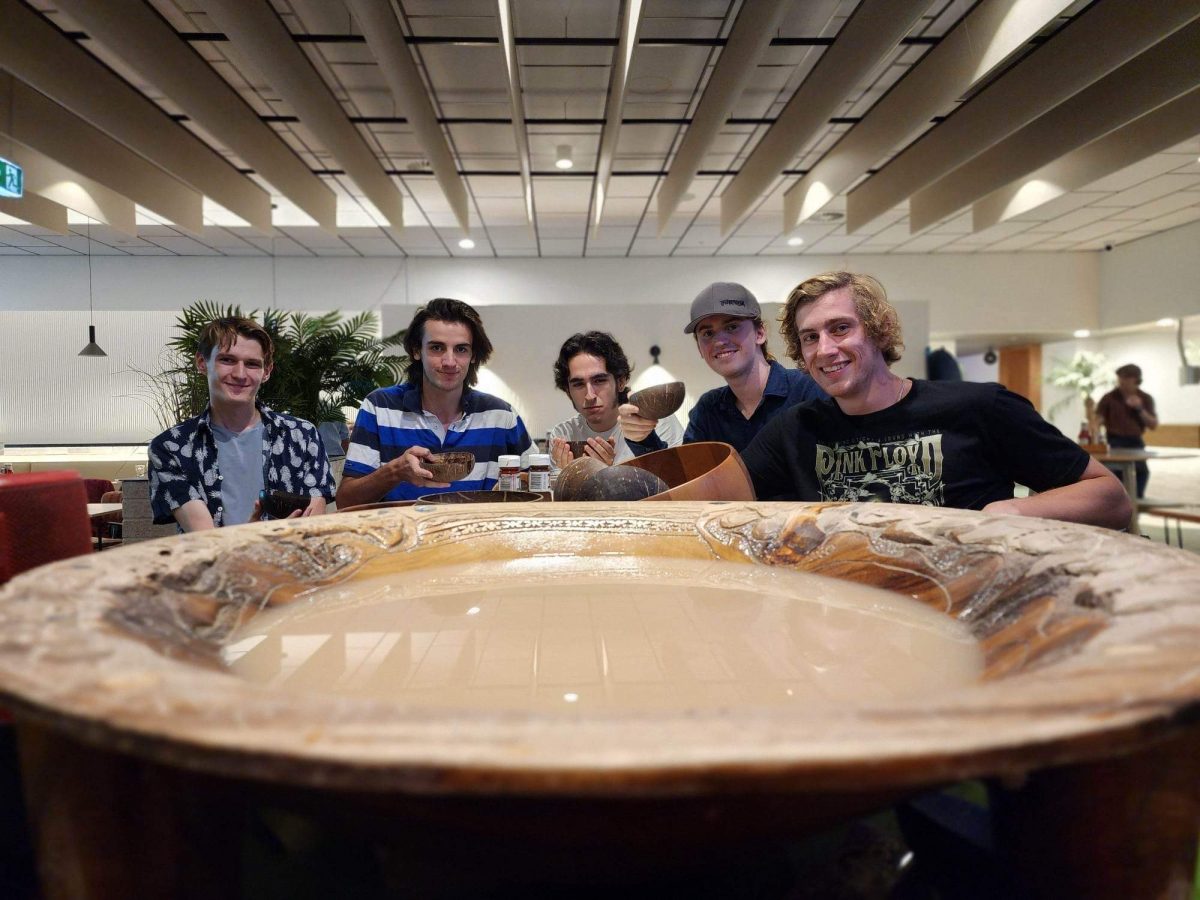
It’s not what’s in the kava bowl but what’s around it that counts most. Photos: Fair Canberra.
Tapu (Tupz) Takiari’s first memory of kava was not of the liquid itself but of what was happening around it.
“I remember wondering ‘Why are they all sitting around this bowl? Why is everyone so calm, singing these lovely songs and laughing around this bowl? What’s in this bowl?'” he says.
Kava is a plant root that is traditionally dried, ground into a powder and mixed with water to create a drink that has been used for Pacific Islander ceremonial purposes such as births, deaths and marriages, dating back to the beginnings of these civilisations.
For Tupz and many other Pacific Island Canberrans, the drink is inextricably linked to culture and tradition, but until recently has been difficult to access in Australia.
Outside of its cultural ties, kava has been used as a treatment for insomnia, stress and anxiety due to its physiologically relaxing effects.
For this same reason, it’s often used interchangeably with alcohol and, when consumed excessively, can cause drowsiness, nausea and loss of muscle control.
In the 1990s and early 2000s, a picture started to emerge likening kava to alcohol or certain drugs, triggering health concerns, particularly for individuals and communities vulnerable to substance abuse.
In 2007, the government issued a near-blanket ban on all kava exports to Australia, capping the amount permitted to 2 kg per person upon entry into Australia.
But Tupz says drawing parallels between kava and alcohol is misinformed.
“What the government was responding to was not a kava issue – it was a social issue,” he says.
“Kava doesn’t make you ‘drunk’ or ‘high’, it won’t knock you out or impair your mental clarity, and it’s not addictive like other substances. Its effects are more mellow than that. It does relax your body but its greatest benefits don’t stem from what it does to you physiologically.
“It’s about who’s around the bowl that matters most. For Pacific Islanders, it’s a tool for social cohesion.”
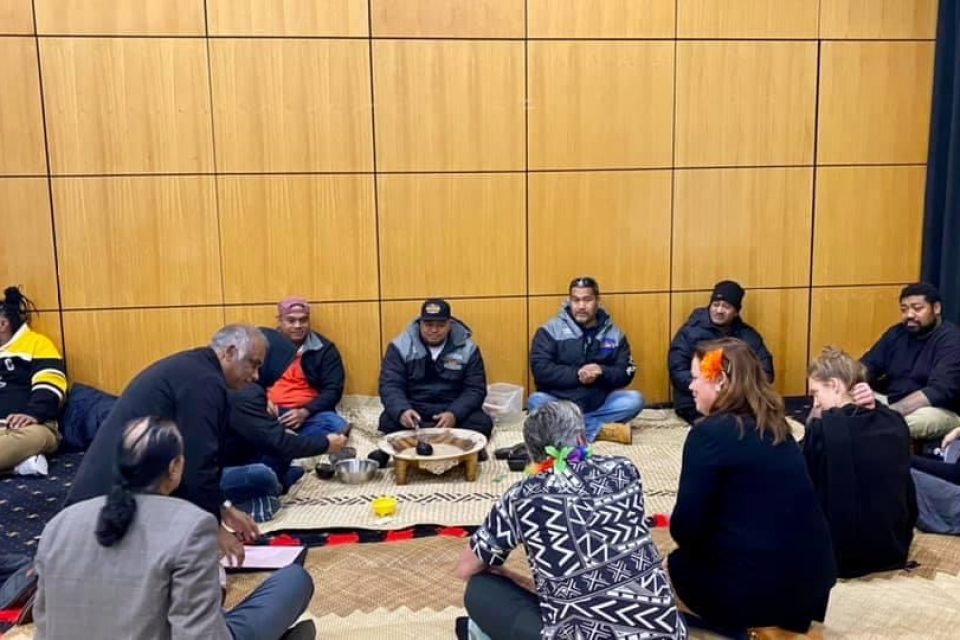
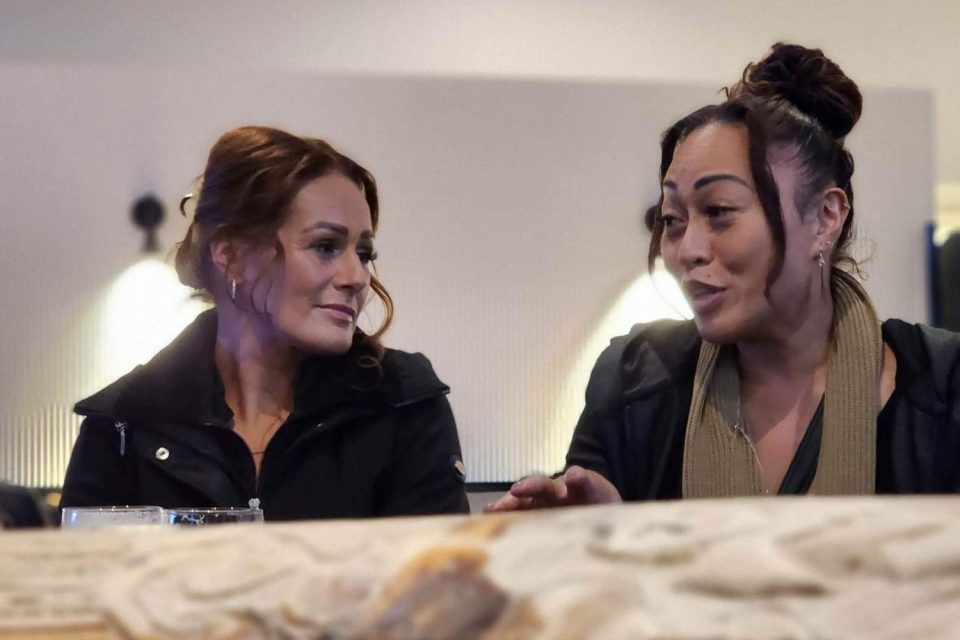
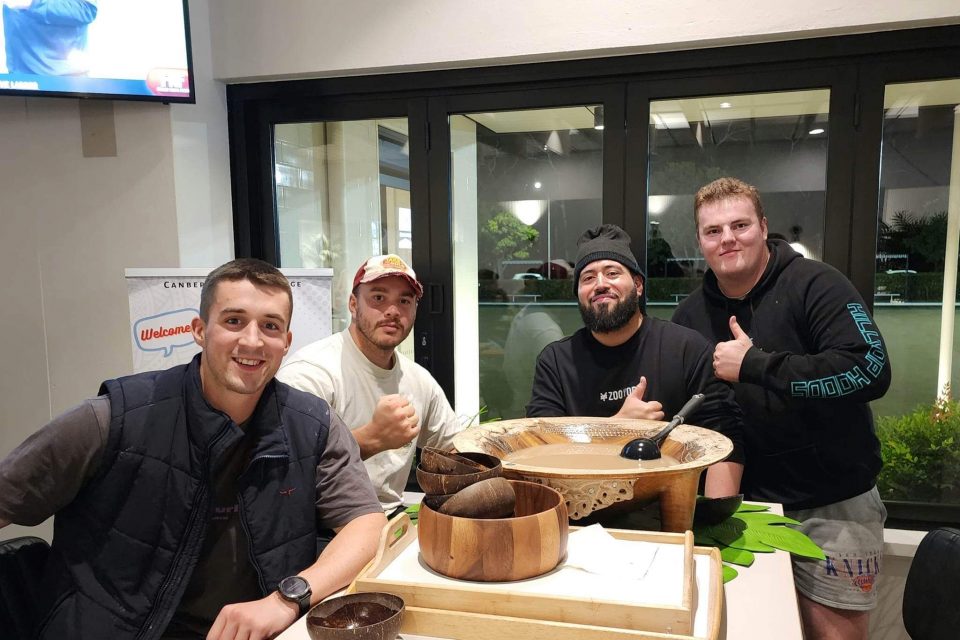
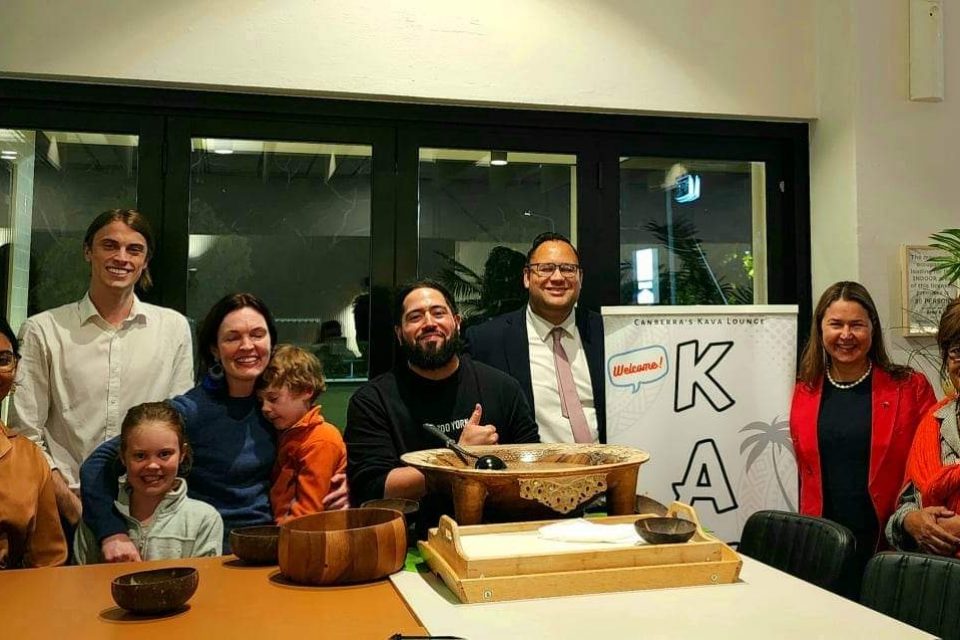
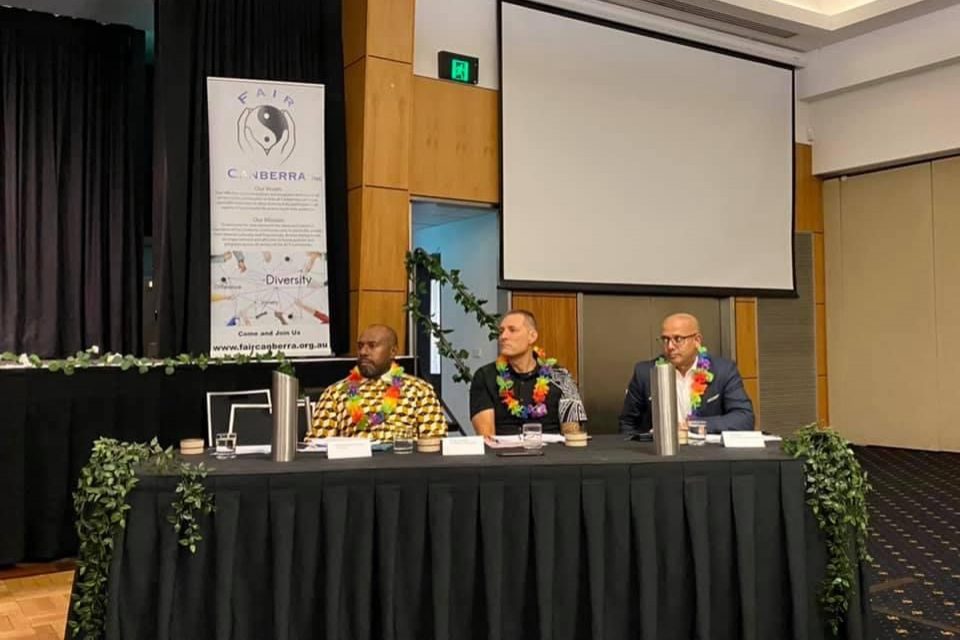
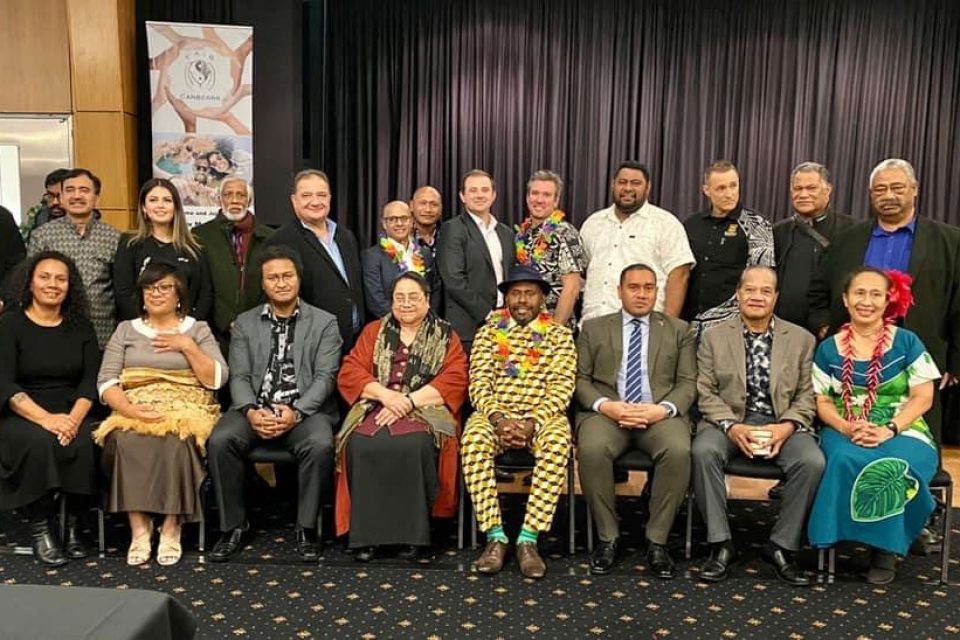
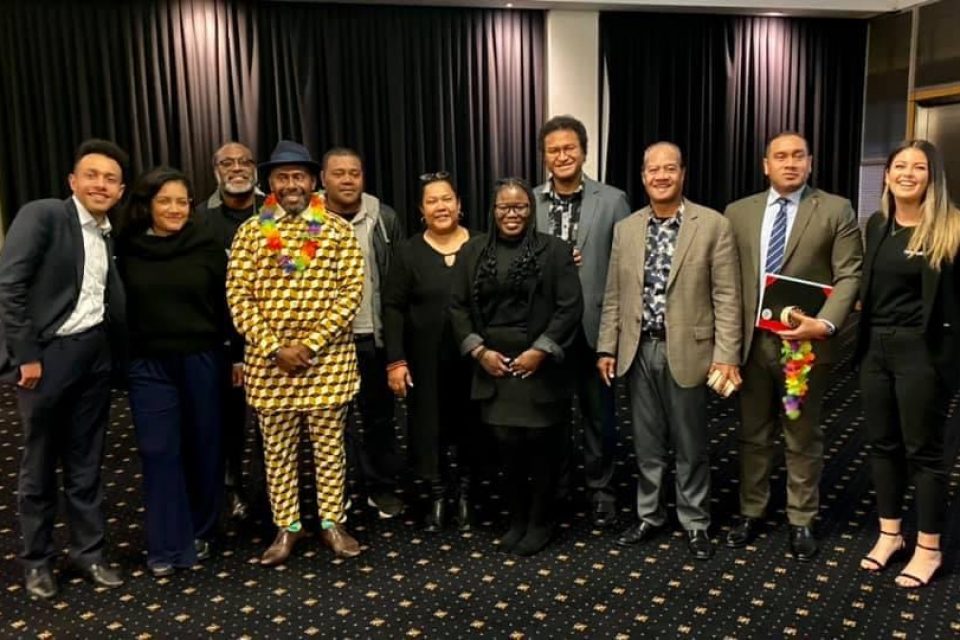
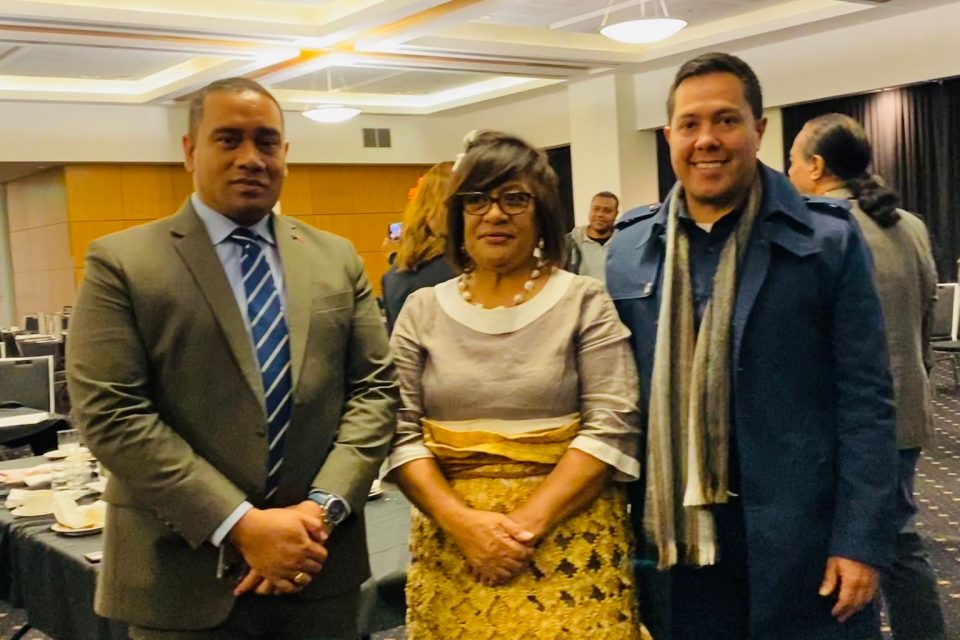
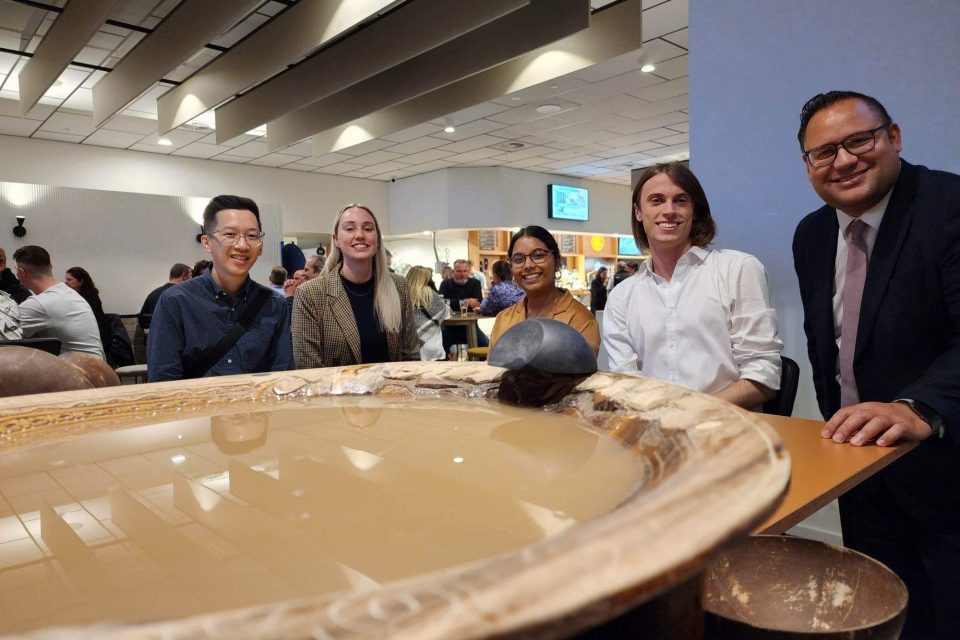
Tupz says like most things, the lack of understanding around kava is far more harmful than the product.
That’s why, with the support of local advocacy organisation Fair Canberra, Tupz and other Pacific Islanders formed the Kava Project and started campaigning for an evidence-based reassessment of kava incorporating community consultation.
In 2019, a pilot program increased the amount of kava that can be brought into Australia from 2 kg to 4 kg.
Then in 2021, Fair Canberra facilitated a forum, bringing together the Pacific Island community, Pacific Islands High Commissioners, kava experts and policymakers in the same room.
A two-year pilot allowing the commercial importation of kava to the ACT came into effect in December 2021.
“A lot of the people working on kava advocacy are some of the world’s leading kava experts and researchers,” Tupz says.
“Their research focuses on the science of kava. With a better understanding, we know that aside from the long-standing social benefits among Pacific Islanders, kava consumption could be used to ease general anxiety disorders. One kava expert, a Fulbright scholar, is researching kava’s benefits for veterans with PTSD.”
As the pilot program draws to an end and the Government deliberates on whether to make commercial kava importation permanent in the ACT, the Fair Canberra Kava Project will host another forum to home in on its recommendations.
The hope is that policymakers will again consider expert advice, evidence and community consultation in discussions around the logistics of Kava in Australia, import quality assurance and how to legalise it nationally.
“The Pacific Island population have the experts and the right people to help inform the Australian Government on safe kava importation from all aspects,” Tupz says.
“We want to do what we can to ensure the Government can make informed, evidence-based policy.”
Ultimately the hope is to re-create scenes like those from Tupz’s youth for Pacific Island populations nationwide.
“As Western perspectives may influence the Pacific community, our youths see the clubbing scene as something normal and the kava scene as something primitive. That’s wrong,” he says.
“The kava scene – its principles – are who we are. But we’ve replaced it with something far more detrimental to our health.
“We want to show Pacific Island communities across Australia the power in coming together as we have since time immemorial.”













